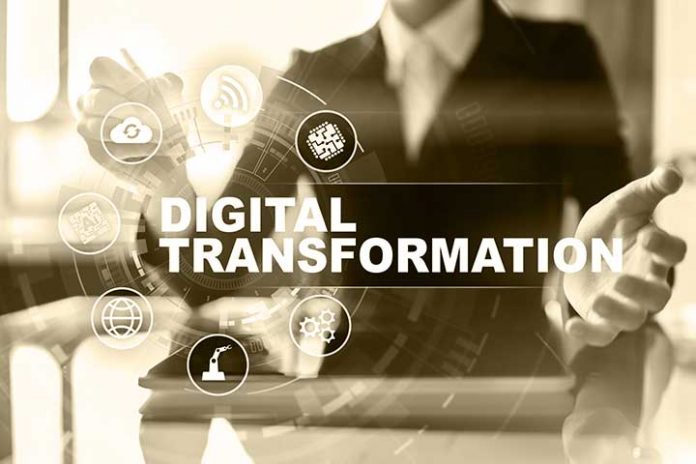We have all heard by now how important it is for companies to start their digital transformation processes and how vital it is for them to execute and keep pace. However, according to Forrester, in 2021, 25% of companies have already reduced their efforts in digital transformation since they have not been able to convert these initiatives into an impact on the income statement. Likewise, Forrester reports that only 15% have been able to deliver tangible results, and they have done so by adopting more modern and agile ways of working.
The implementation of CRM technologies is significantly improving the efficiency and productivity of the companies that rely on them. These technologies also greatly improve the customer experience , resulting in a competitive advantage with a direct impact on sales. However, these results are a long-term goal and can only be achieved if the company has established a CRM strategy that is robust, consistent and sustainable over time.
Digital Transformation is a long-distance race
As it is a gradual process that seeks long-term results, the CRM transformation is considered by many as a long-distance marathon. It is well known that a distance race needs more planning and preparation than a simple sprint.
In this sense, in a CRM transformation process, the opportunity is created to generate a competitive advantage and a differential value , supported by a clear vision, a well-founded strategy and a tactical plan that is technically feasible.
Also Read: Why People Are Considered As The Engine of Digital Transformation
There is no doubt that, to prepare for any long-distance race, whatever its type, it is necessary to build a clear roadmap that leads to good results, which leads to changing what hinders progress and betting on environments where they can find the necessary tools to reach the goal. For this reason, a CRM transformation process consists of a structural change that horizontally affects the entire organization , so proper planning that takes into account the preparation and tools that each and every member of the team needs team will have a fundamental impact on the final result of the initiative.
Integrated technologies mean productivity, and productivity means more sales
In a market as competitive as the current one, the integration and proper use of new technologies represent a competitive advantage. The integration of CRM technologies brings with it a double benefit . On the one hand, it helps to maintain uniformity in communication channels and access to information within the company itself, which results in greater efficiency and productivity in all departments and teams. On the other hand, it helps to improve and give coherence to interactions with customers in the different contact channels, offering consumers an agile and fluid experience. This optimized customer experience helps attract new customers and retain existing ones , with the consequent increase in sales volume.
Technology is for people
People are much more intelligent than machines, and therefore they need to feel fulfilled, as professionals and as intellectual beings. Therefore, it is important that just as an athlete needs the right equipment to achieve his goal, it is crucial to bet on the right CRM technology (versatile, robust and scalable) to successfully overcome each of the stages that the spreadsheet proposes. route.
These technologies facilitate the adoption by the members of the company to the new environment and, consequently, create efficiencies and greater satisfaction in the employees. If you opt for a technology that is not agile and intuitive for users, the CRM transformation process can be seriously affected and not achieve the expected results.
The technology exists to support you so that your sales are just the beginning of a lasting relationship between your brand and your customers . In the background we humans are with our emotions, so we must leverage technology to make the human part of the relationship flow and make it positive and warm, this applies to both employees and customers.
Also Read: 4 Steps To Launch The Digital Transformation Of Your Company


